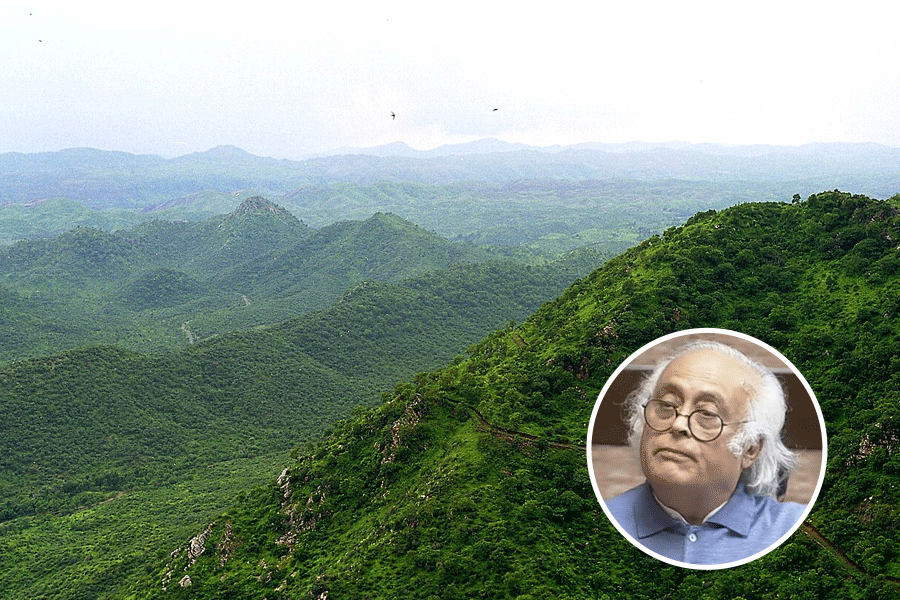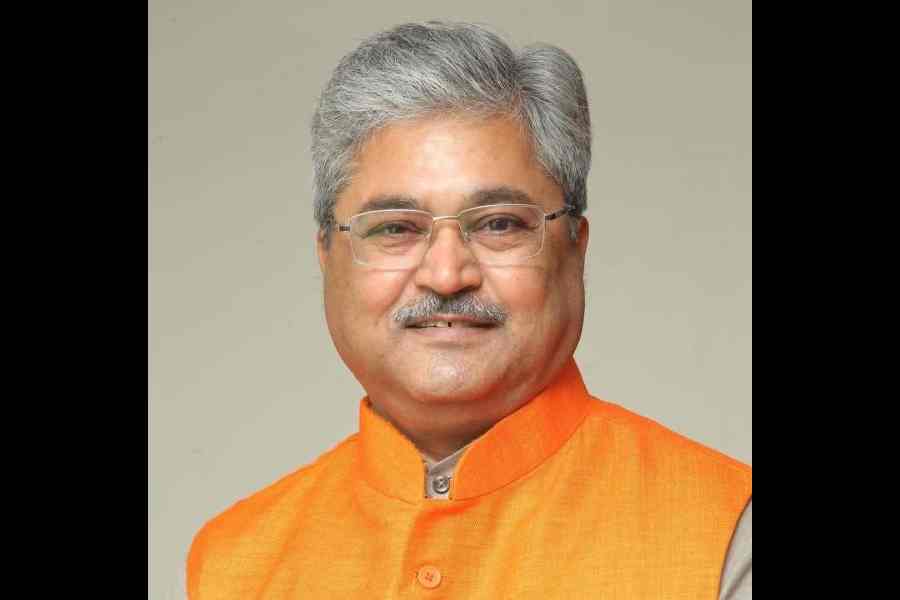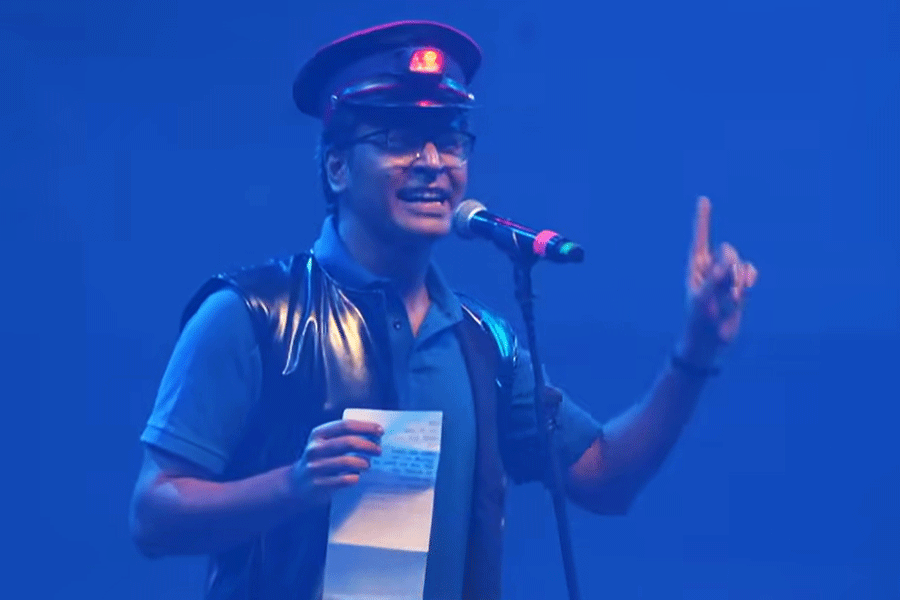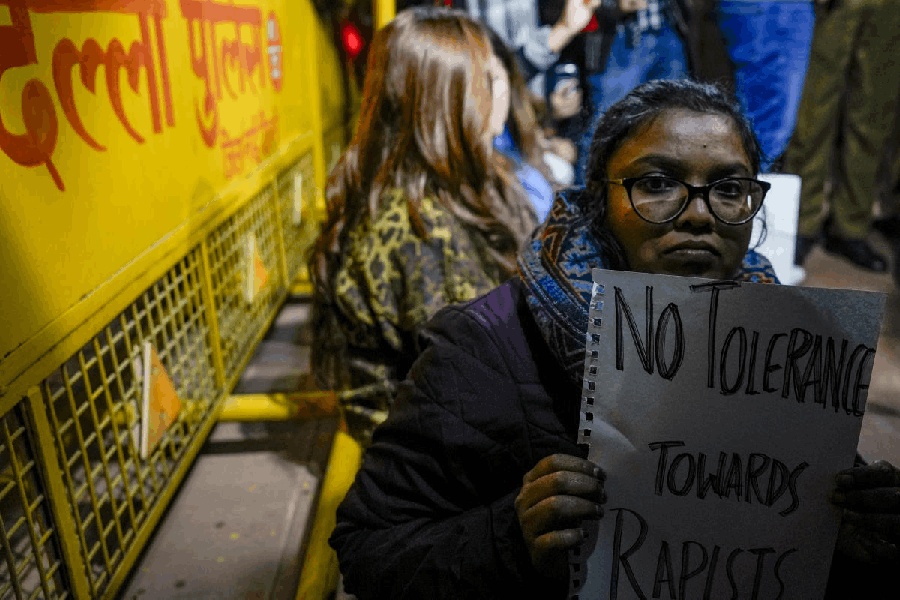 |
Bhubaneswar, May 22: The Chausathi Yogini temple at Hirapur is 15km away from the capital. However, this distance seems to have reduced a lot with the city developing rapidly in all directions and remote areas increasingly becoming accessible.
You can take the Cuttack-Puri Road from Ravi Talkies Square and from there, Hirapur, under Umadei Bramhapur Gram Panchayat near Balianta block office, is about 6km. The road passes through the valley of the picturesque Daya river and the Puri Main Canal.
While passing through this stretch, you can also have a look at the nearby Shiridi Sai Temple, which has emerged as another destination for the spiritually-bent residents of the ever-growing city. The road is smooth except for a part near the approach road of the bridge, but once you reach the Balianta block area and move by the side of the Puri Main Canal, the scene around is that of typical Oriya coastal villages with lush-green vegetation consisting of lots of coconut trees and many ponds. The blooming trees such as Sunari (Amaltas) and Radhachuda with bright yellow flowers are also pleasing to the eyes.
The panchayat road after the canal embankment road is a newly-built structure and shows the keenness of the local officials to promote the place as a tourist destination. The office of the Umadei Brahmapur gram panchayat is also close by.
The Mahamaya Temple, as residents of Hirapur village put it, is a hypaethral shrine facing the east. It was discovered by Kedarnath Mohapatra of the State Museum in 1953. It houses images of 64 yoginis standing on different mounts, postures and each exhibiting a distinct hairstyle. The image of the 10-armed presiding deity of the “pitha”, worshipped as Mahamaya, is the largest among the yoginis. In the centre, there exists a recently restored “chandi mandap” displaying four Saivaite figures and yoginis, the entire delicately rendered imagery notable for feminine beauty is carved in chlorite brought from elsewhere.
The projected niches on the exterior of the edifice are studded with icons of “nava katyayanis” made of sandstone. But the ninth century structure is a beautiful site where you can really understand the architectural qualities of the Oriya temple builders of that era.
Local residents say that the Chausathi Yogini Temple is a well known place for tantrik rituals. In fact, it is one among the four well-preserved such temples in the country. While another such temple is located at Ranipur-Jharial near Titlagarh in Balangir district, the remaining two are in Madhya Pradesh. In Madhya Pradesh, one is a ninth century structure on the southwest of the western group of temples in Khajuraho near Chhatarpur and the last one is a 10th century structure at Bhedaghat near Jabalpur.
Interestingly, the yoginis at Hirapur temple have distinct feminine hairstyles, “mudras” and postures and appear with their “vahanas” or vehicles in standing positions. However, at Ranipur-Jharial, the yoginis are seen dancing. All 64 yoginis are found in Hirapur while the western Orissa temple has only 62 remaining yoginis. On the other hand, the Bhedaghat yoginis in Madhya Pradesh are seated and in “Lalitasana”.
Yoginis are female forms of the women power and according to mythology, they accompanied Goddess Durga during her war with the demon Mahisashura. Even the “astamatrikas” were part of that team.
Though the origin of word yogini relates to yoga, it has many other associations and mainly it relates to the tantrik traditions of the Buddhism and Hinduism.
Historian and executive trustee of Bhubaneswar’s Jayadev Foundation Trust Prafulla Chandra Tripathy said: “The temple was perhaps built when the Bhaumakars or Buddhist rulers were losing powers to Somavanshis who were devout Sivaites. I was part of the team that visited the spot on several occasions to Hirapur with Kedarnath Mohapatra, but following the preservation work of the site by the Archaeological Survey of India (ASI), one Shiva statue is not seen now.’’
“The temple, a circular shrine measuring 27.4metre in circumference and 2.4metre in height with a frontal projection resembling a “yoni” or female reproductive organ and the outer and inner parts of the temple was built with locally available coarse sandstone,’’ said the priest. “The pillar-like structure in the middle of the temple represents the male sexual organ.’’
There is enough space to allow visitors and others to conduct a puja inside and non-vegetarian prasaad and other food is allowed on the temple campus.
Tripathy said: “The lunar and solar calculations in Hindu calendars are important for tantrik rituals and on special occasions there could be pujas in the compounds. From studies, it was found that the temple was in an isolated place not habited by human beings and these temples were built in cremation grounds called “maha smasan” (greater graveyards). Gradually the villages might have encroached into the periphery of the temple.’’
“In fact, though there were four distinct Chausathi Yogini temples in the country, there might be more than 70 as new structures are being discovered in many locations. However, majority of the structures are not in a position to survive. So we have to be very careful regarding the preservation of the monument that is so rare,’’ the historian added.
However, it seems many yogini statues are losing body parts to vandalism and it also shows a poor maintenance system and lack of sensitisation among visitors. There is an interesting yogini statue of Ganesh with female body parts here.
“According to Hindu beliefs, female power rules the world and it is the creator of life. Earlier, a day was divided into 60 “danda”, a danda into 60 “lita” and a lita into 60 “bilita” and all our calculations were based on them. However, with the tantrik thoughts, four more conjugal times - early morning, sunset, noon and midnight - were added and all these 60s were converted to 64. According to the calculations, yoginis do not stay at one place at a time, they roam around and have a control over a place. Their movements are also controlled by gravitational energy, but they are destructive elements,’’ said Tripathy, who is a regular visitor to the temple.
The tourism department should work more on promoting the site as many western tourists interested in tantrik studies tend to visit the temple round the year. Development of a smart accommodation facility near the temple can also bring in a total transformation of the site.











